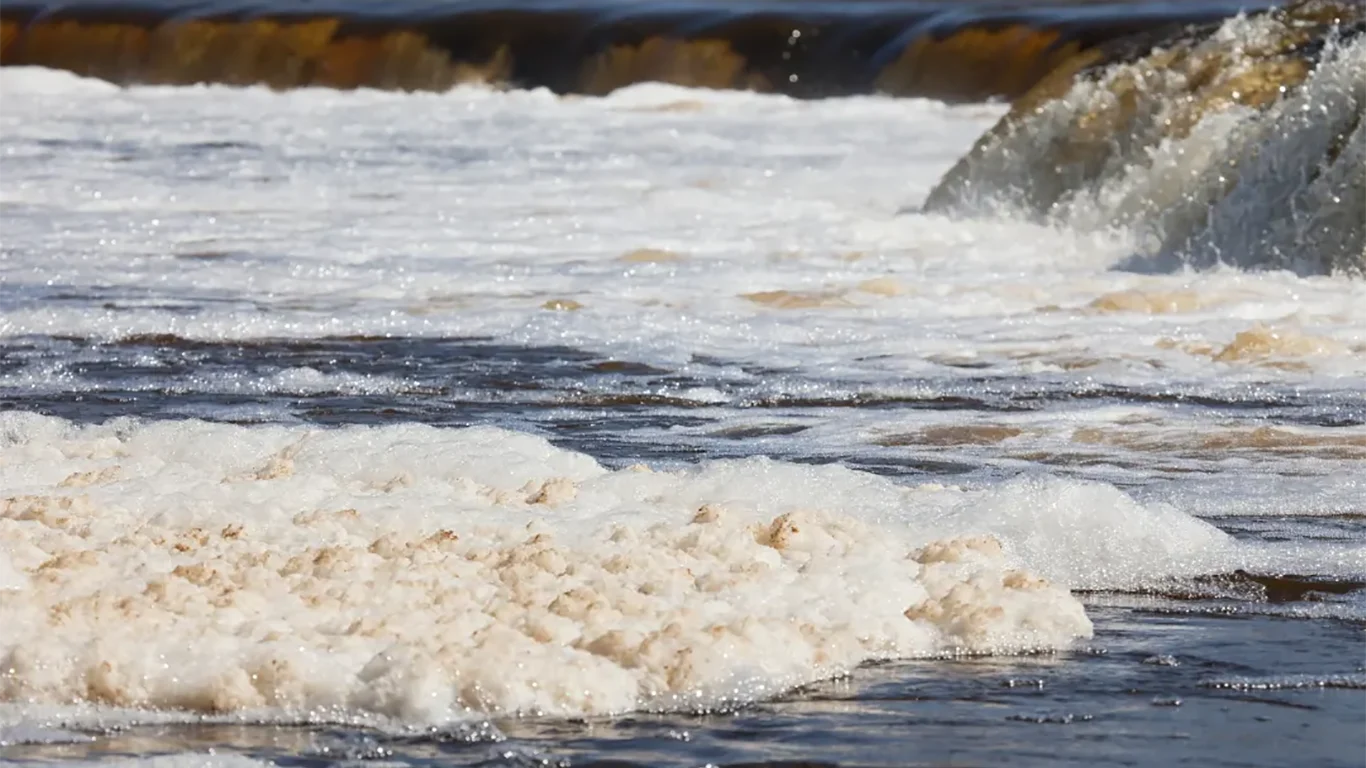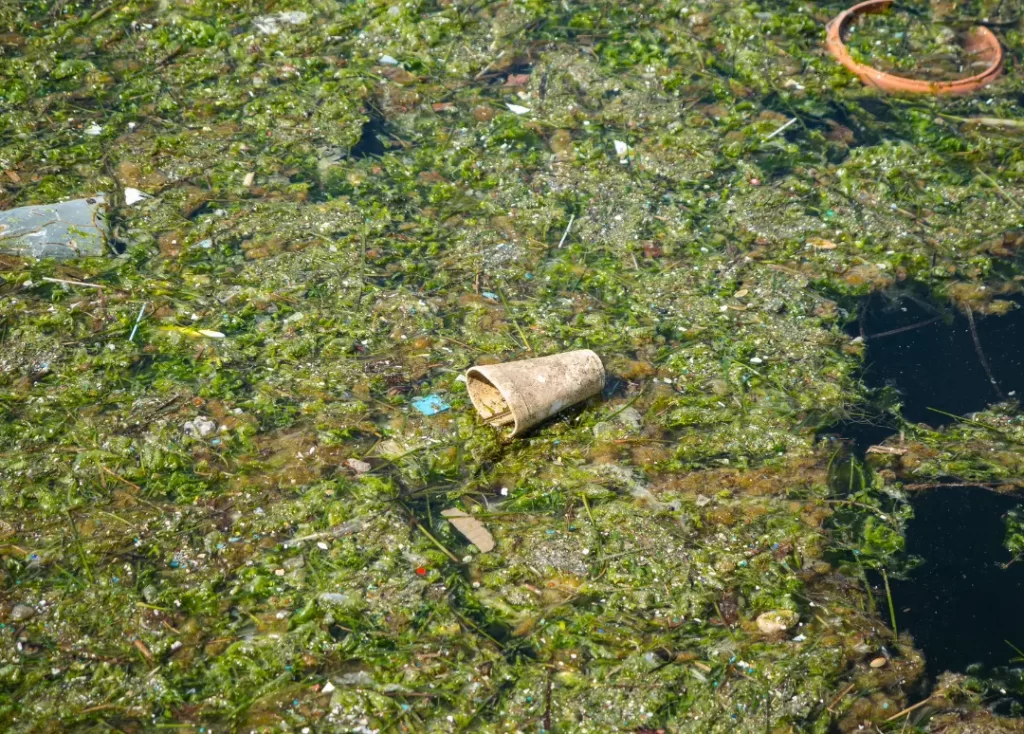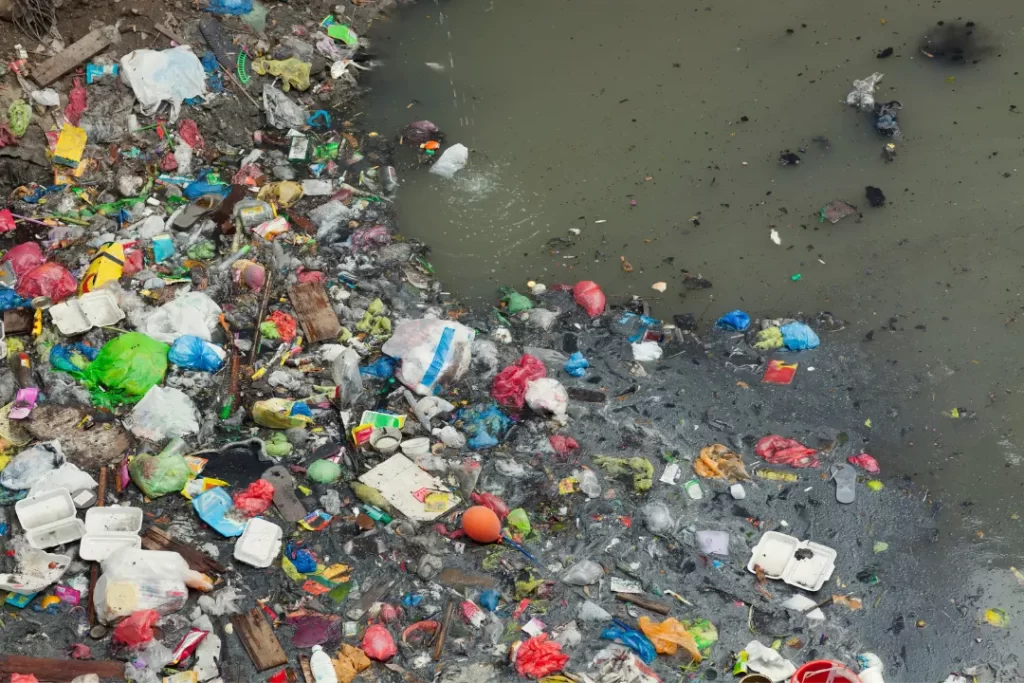
Water is essential for all forms of life, yet it is increasingly becoming a scarce and contaminated resource. Water contamination is a critical issue that affects health, ecosystems, and the economy. There are various factors contributing to the contamination of water, and understanding these causes is crucial for developing effective solutions. In this blog, we will delve into the main reasons for water contamination, exploring both natural and human-induced causes.

- Industrial Discharges
One of the most significant contributors to water pollution is industrial discharges. Industries release a variety of pollutants, including heavy metals, chemicals, and organic waste, into water bodies. These pollutants can be extremely harmful to aquatic life and can make water unsafe for human consumption. Common industries that contribute to water pollution include manufacturing, mining, and chemical processing.

- Agricultural Runoff
Agriculture is another major source of water contamination. The use of pesticides and fertilizers in farming can lead to runoff that carries these chemicals into nearby rivers, lakes, and groundwater sources. Pesticides and fertilizers contain harmful chemicals such as nitrogen and phosphorus, which can lead to the growth of harmful algae blooms. These blooms can deplete oxygen in the water, killing fish and other aquatic life. Additionally, the runoff of animal waste from livestock farms can introduce harmful bacteria and viruses into water sources. - Urban Runoff
Urban areas contribute to water pollution through stormwater runoff. When it rains, water flows over roofs, roads, and other surfaces, picking up pollutants such as oil, grease, chemicals, and trash. This polluted water then flows into storm drains and eventually into rivers and lakes. Urban runoff can carry a wide range of pollutants, including heavy metals from vehicles, pesticides from lawns, and waste from pets and human activities. - Sewage and Wastewater
In many parts of the world, sewage and wastewater are major sources of water contamination. Inadequate or outdated sewage treatment facilities can result in the discharge of untreated or partially treated sewage into water bodies. Sewage contains a variety of pollutants, including pathogens, nutrients, and toxic substances. These pollutants can cause serious health problems, including waterborne diseases such as cholera and dysentery. Additionally, the presence of excess nutrients in sewage can lead to the growth of harmful algae blooms.

- Oil Spills
Oil spills are another significant cause of water pollution. They can occur from accidents involving oil tankers, drilling rigs, and pipelines. When oil spills into water, it can spread over a large area, affecting marine life, birds, and coastal ecosystems. Oil is toxic to aquatic life and can cause long-term damage to ecosystems. Clean-up efforts can be complex and costly, and it can take years for ecosystems to recover from the effects of an oil spill.

- Plastic Pollution
Plastic pollution is a growing concern for water bodies around the world. Plastics are non-biodegradable, meaning they do not break down naturally and can persist in the environment for hundreds of years. Plastic waste can come from a variety of sources, including packaging, single-use plastics, and microplastics from personal care products. Plastic pollution can harm aquatic life, as animals can ingest or become entangled in plastic debris. Additionally, plastics can release toxic chemicals into the water as they degrade. - Eutrophication
Eutrophication is a process that occurs when excess nutrients, such as nitrogen and phosphorus, enter water bodies. These nutrients can come from agricultural runoff, sewage, and industrial discharges. Eutrophication can lead to the growth of harmful algae blooms, which can deplete oxygen levels in the water and create “dead zones” where aquatic life cannot survive. The decomposition of algae can also produce harmful toxins that can affect both aquatic life and humans. - Heavy Metals
Heavy metals, such as lead, mercury, and arsenic, are another significant source of water contamination. These metals can enter water bodies through industrial discharges, mining activities, and agricultural runoff. Heavy metals are toxic to both aquatic life and humans, and can accumulate in the food chain. Long-term exposure to heavy metals can cause serious health problems, including neurological and developmental disorders. - Climate Change
Climate change is having a profound impact on water quality and availability. Changes in temperature and precipitation patterns can affect the flow of rivers and the health of aquatic ecosystems. Increased temperatures can lead to the growth of harmful algae blooms, while changes in precipitation can affect the dilution of pollutants. Additionally, extreme weather events, such as floods and droughts, can exacerbate water contamination. Floods can wash pollutants into water bodies, while droughts can concentrate pollutants in smaller volumes of water. - Lack of Infrastructure and Regulation
In many parts of the world, inadequate infrastructure and lack of regulation contribute to water contamination. Poorly maintained sewage systems, lack of wastewater treatment facilities, and insufficient regulation of industrial discharges can all result in the release of pollutants into water bodies. Additionally, in some areas, there is a lack of monitoring and enforcement of water quality standards, making it difficult to address and mitigate sources of pollution. - Natural Causes
While human activities are a major contributor to water contamination, natural causes can also play a role. Natural sources of water pollution can include volcanic eruptions, which release ash and chemicals into the air and water, and the natural leaching of minerals from rocks into groundwater. Additionally, natural events such as wildfires can introduce pollutants into water bodies through runoff.
Conclusion
Water contamination is a complex and multifaceted issue that requires a comprehensive approach to address. By understanding the various sources of water pollution, we can develop strategies to reduce and mitigate the impact of these pollutants on our water resources. This includes implementing better regulatory frameworks, investing in infrastructure and technology, promoting sustainable agricultural practices, and raising public awareness about the importance of protecting our water resources. Only through collective action can we ensure that clean and safe water is available for future generations

Leave A Comment